Jolly Good Gin
Mexico gave us tequila. Russia perfected vodka. And Britain gets the credit for gin – and rightly so. Here’s how the UK put gin on the map and kick-started the ‘ginaissance’ that’s happening now.
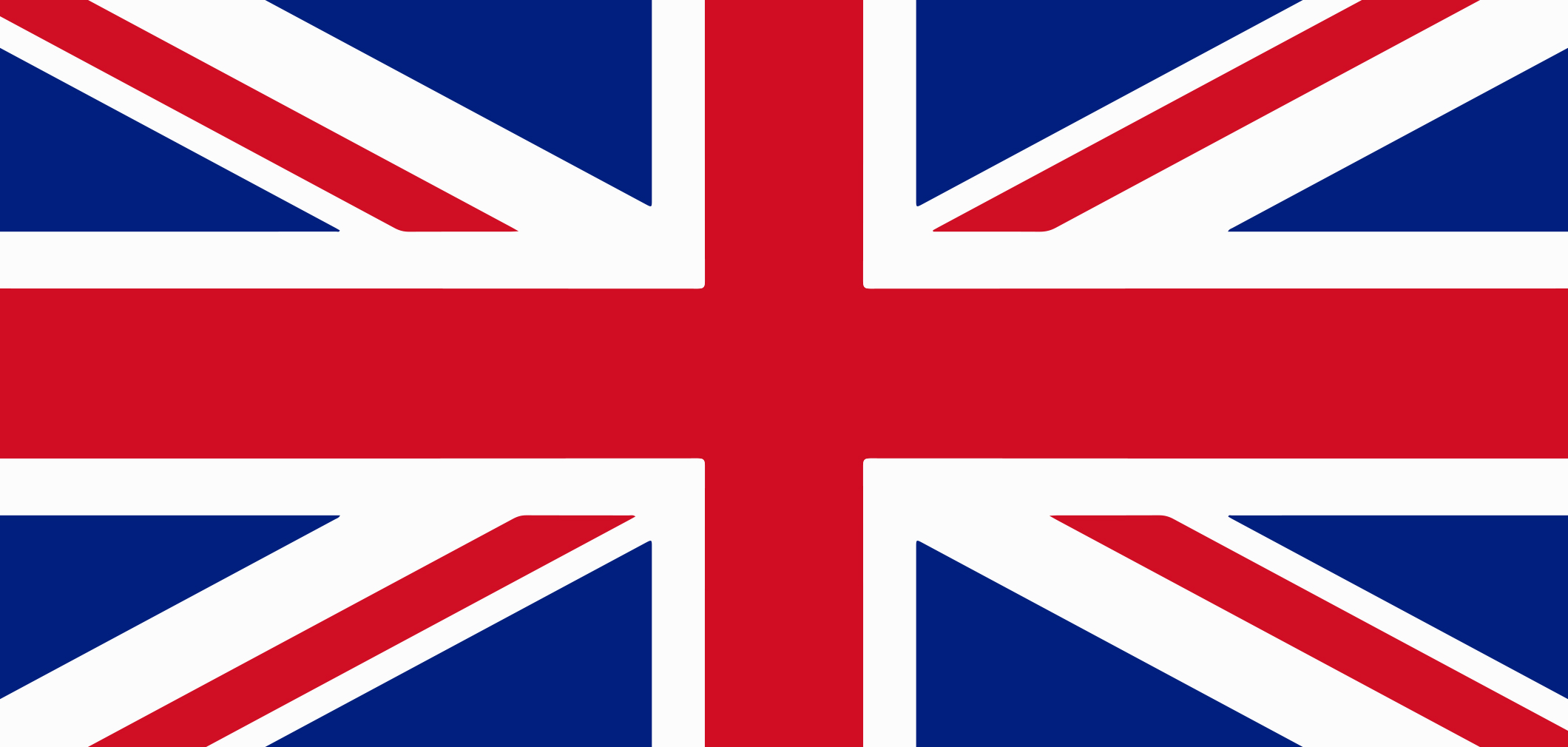
It may surprise you to learn that the UK is not the birthplace of gin. But the Brits played a key role in pioneering gin and bringing it to the masses. Today, the UK is the largest exporter of the spirit around the world by a huge margin.
It all started several hundred years ago, when Scottish Juniper was exported to Holland to make jenever, gin’s great, great grandfather. In the 1600s, English soldiers brought jenever back from their postings and coined the term ‘gin’. Over the centuries that followed, the UK was at the forefront of gin’s evolution.
Today, the UK’s spirit story is incredibly rich. From the remote Shetland Isles in Scotland to the most southerly point of England in Cornwall, craft gin distilleries are on the rise. Due to the ever-increasing demand for gin, and laws introduced a decade ago in the UK allowing distillers to secure licenses with a reduced minimum still size, there are now 315 gin distilleries in the UK. That’s more than double the number in operation five years ago. And Scottish and Irish distillers, traditionally known for Scotch and whiskey, are increasingly getting into gin production.
What’s driving gin’s innovation in the UK? A thriving population of early adopters who love to try new things. To cater to their sophisticated tastes, UK distillers are producing a wide range of gins by experimenting with novel botanicals, ranging from Scottish sea kelp to English elderflower. With so many different flavours and styles to choose from, there is now a British gin for everyone. We’ll toast to that!
Royal Roots
Domestic gin production gets a boost when King William of Orange bans French brandy and deregulates the UK spirits industry.
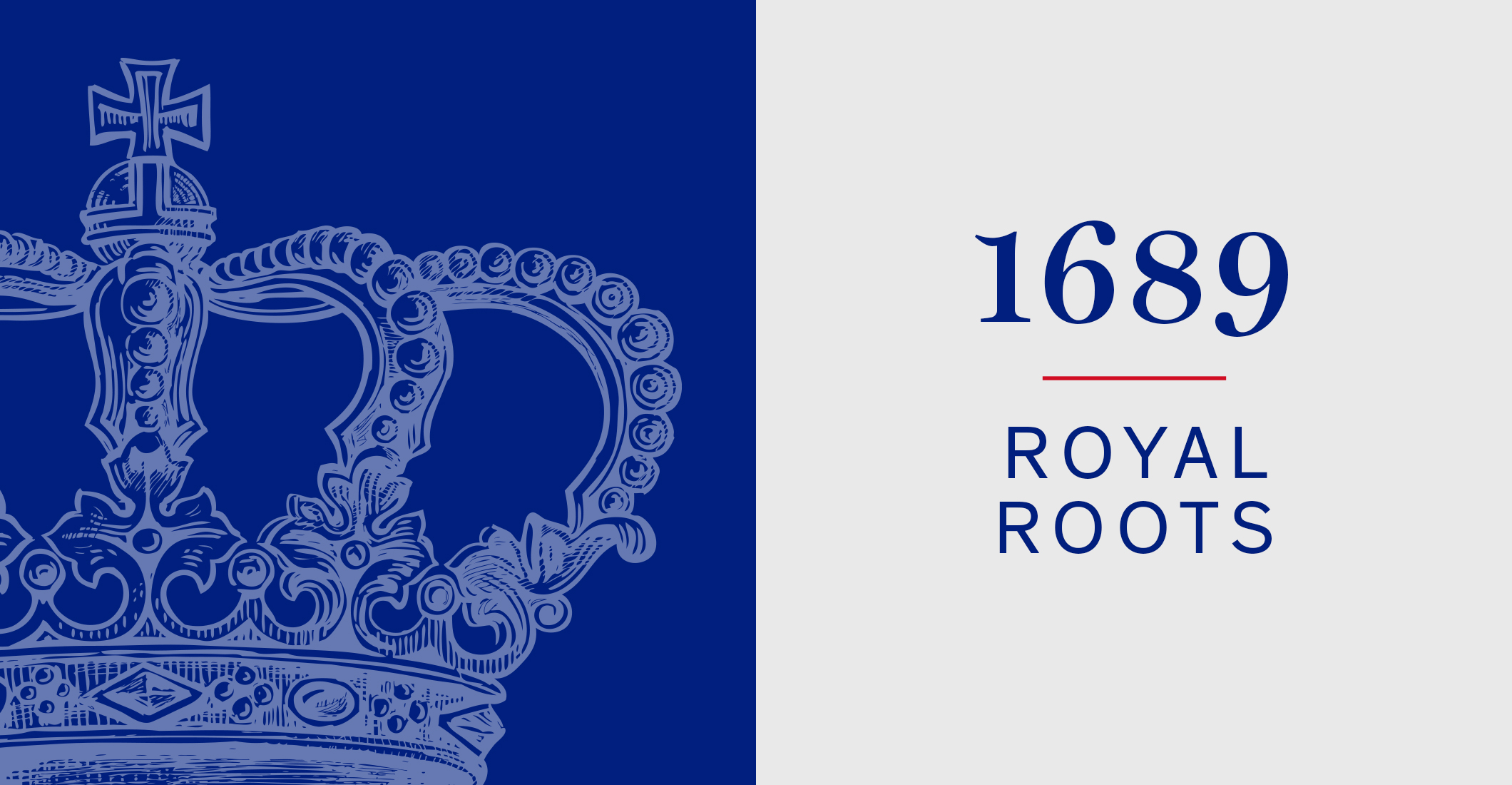
Domestic gin production gets a boost when King William of Orange bans French brandy and deregulates the UK spirits industry.
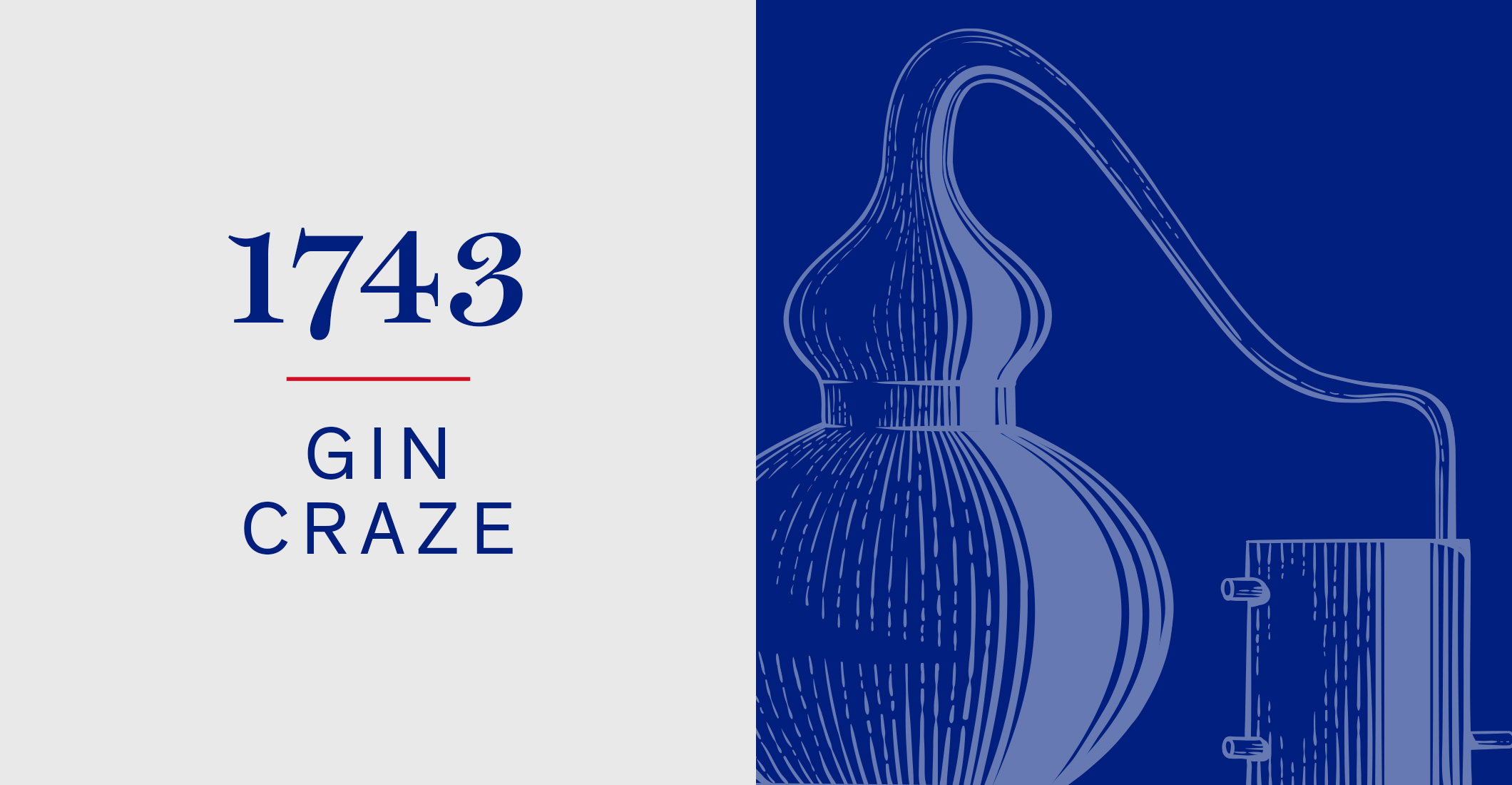
Gin is in—big-time—and consumption rises rapidly. One out of every four habitable structures in London has a working gin still.

The Gin Craze dies down due to the rising cost of grain.
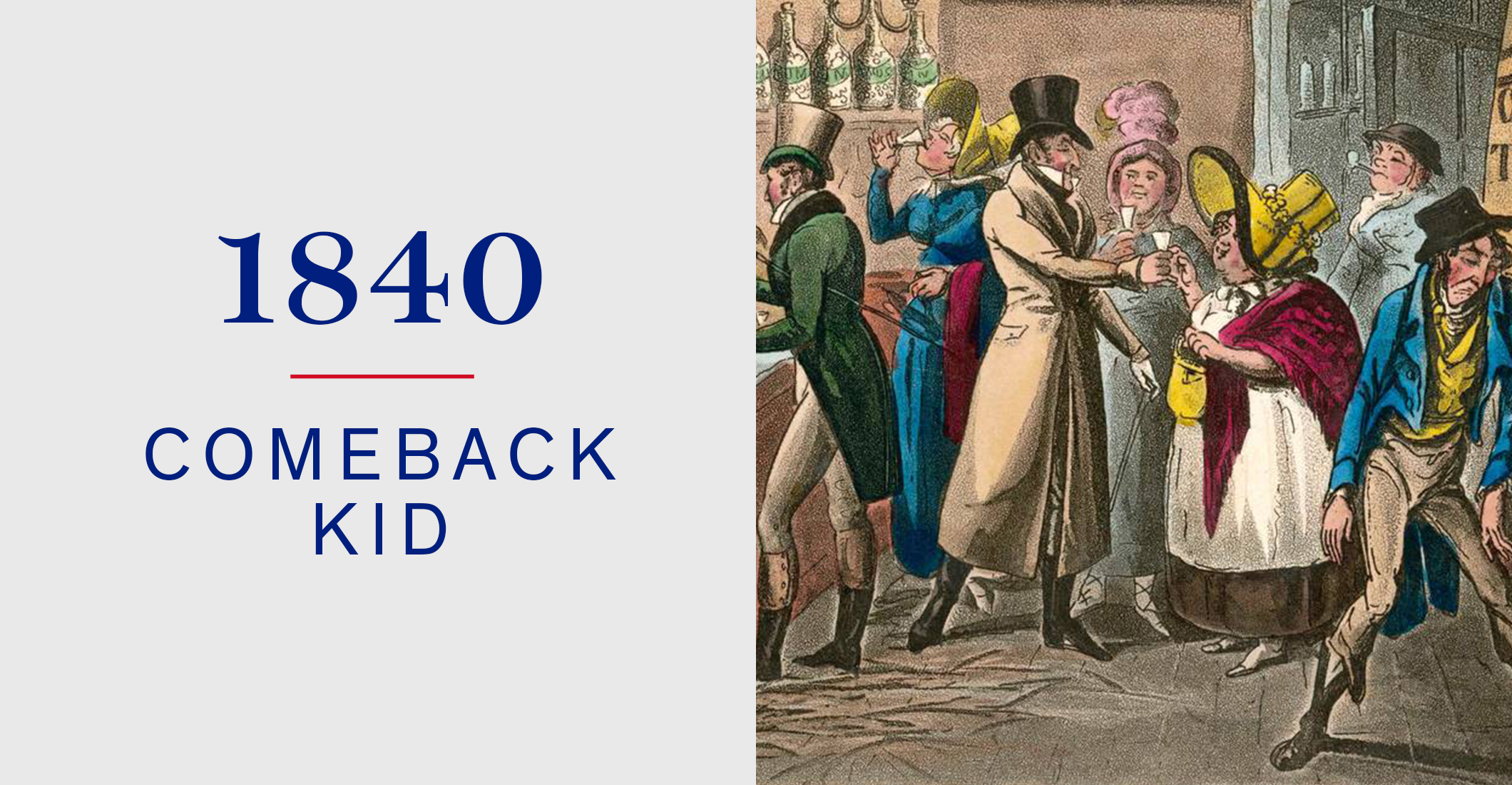
Gin finds new fans among the Victorians. They show their love by designing more than 5,000 luxurious gin palaces in London.
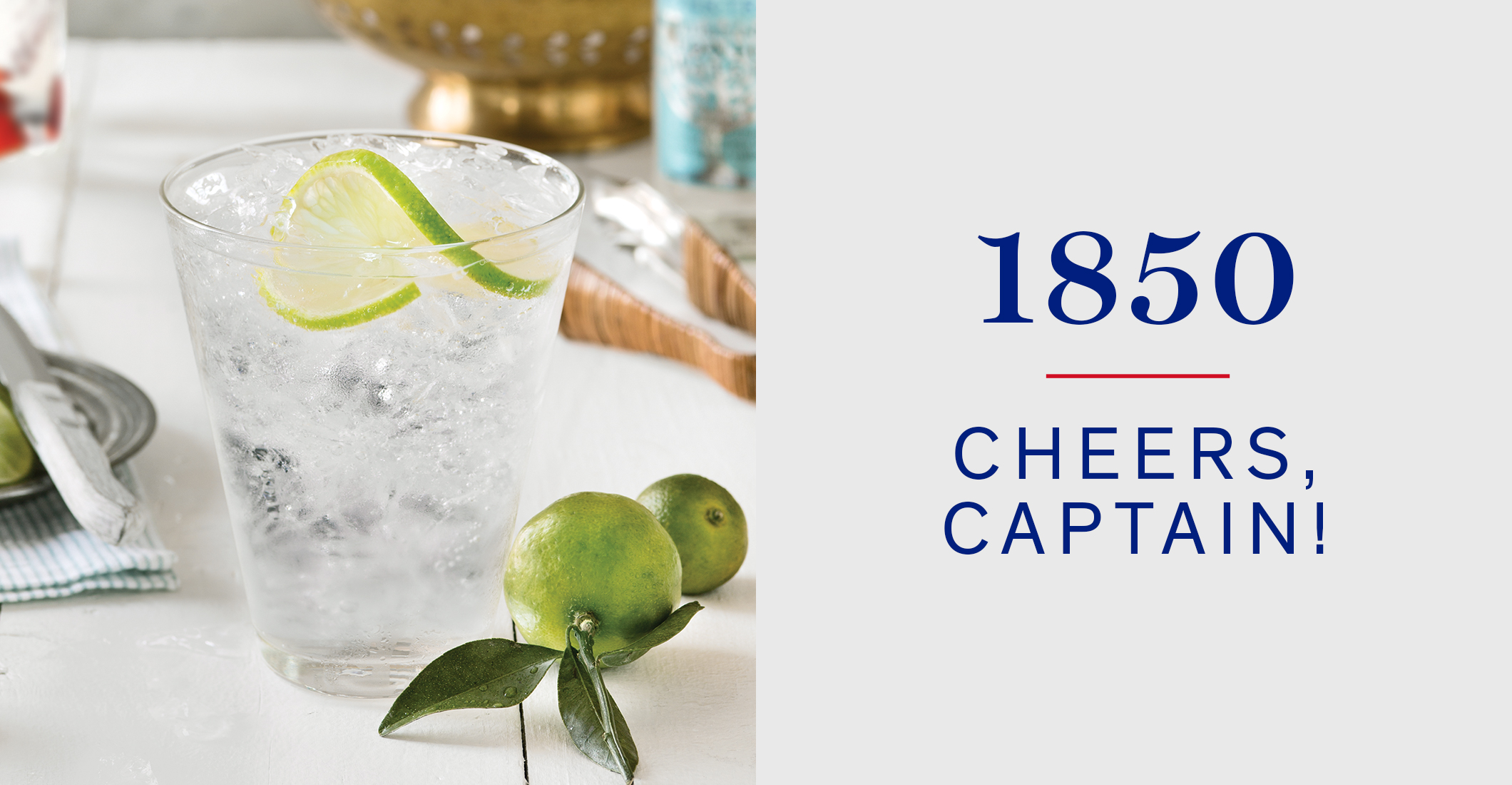
While serving in India, British troops offset the bitterness of their anti-malarial tonic with a splash of gin – and the Gin & Tonic is born.
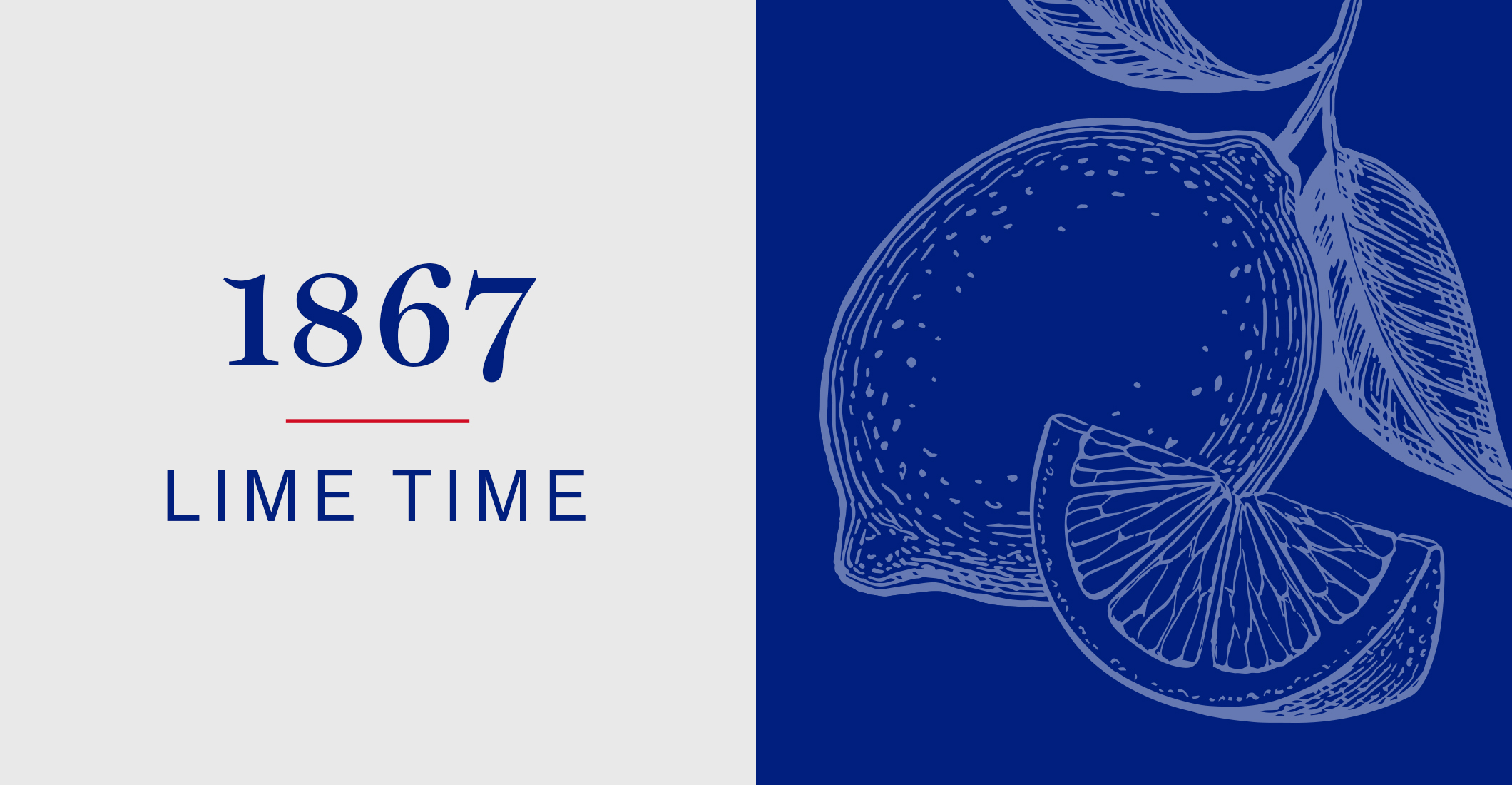
British sailors are mandated to take a daily ration of citrus to prevent scurvy, cementing the role of lime in the G&T.
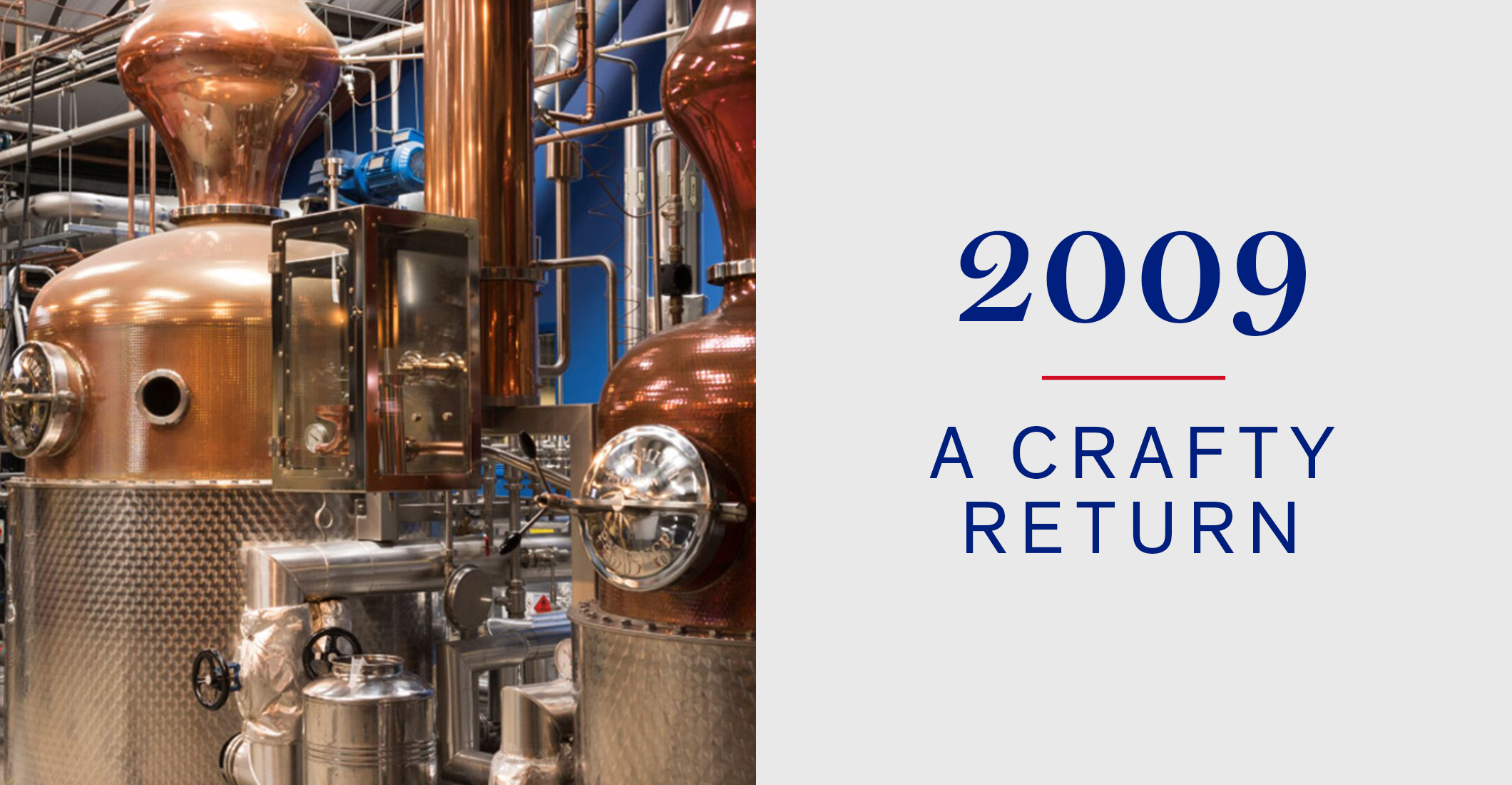
Craft gin distilling starts up again in London when Sipsmith installs the first copper pot since 1820. And the ginaissance begins!